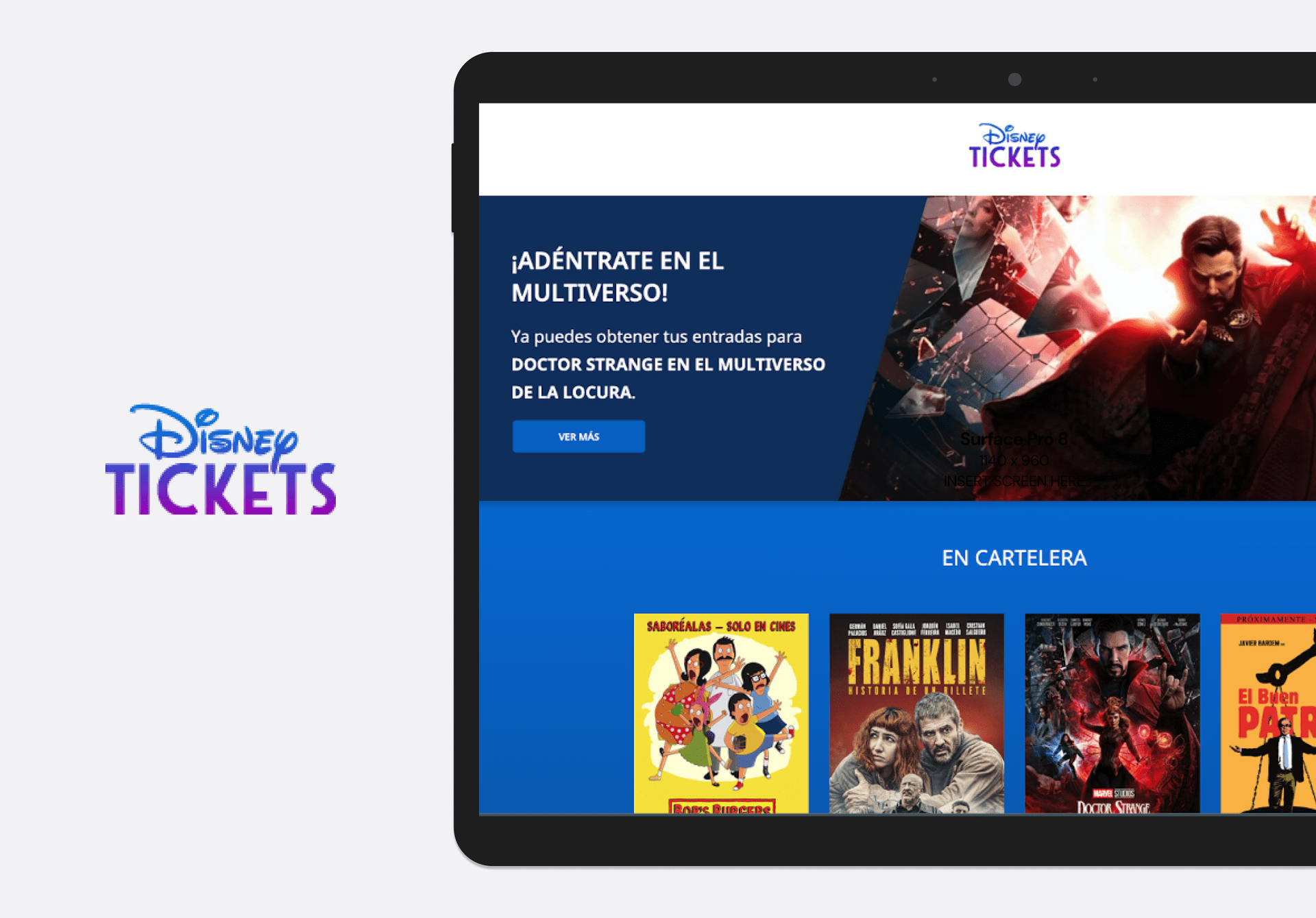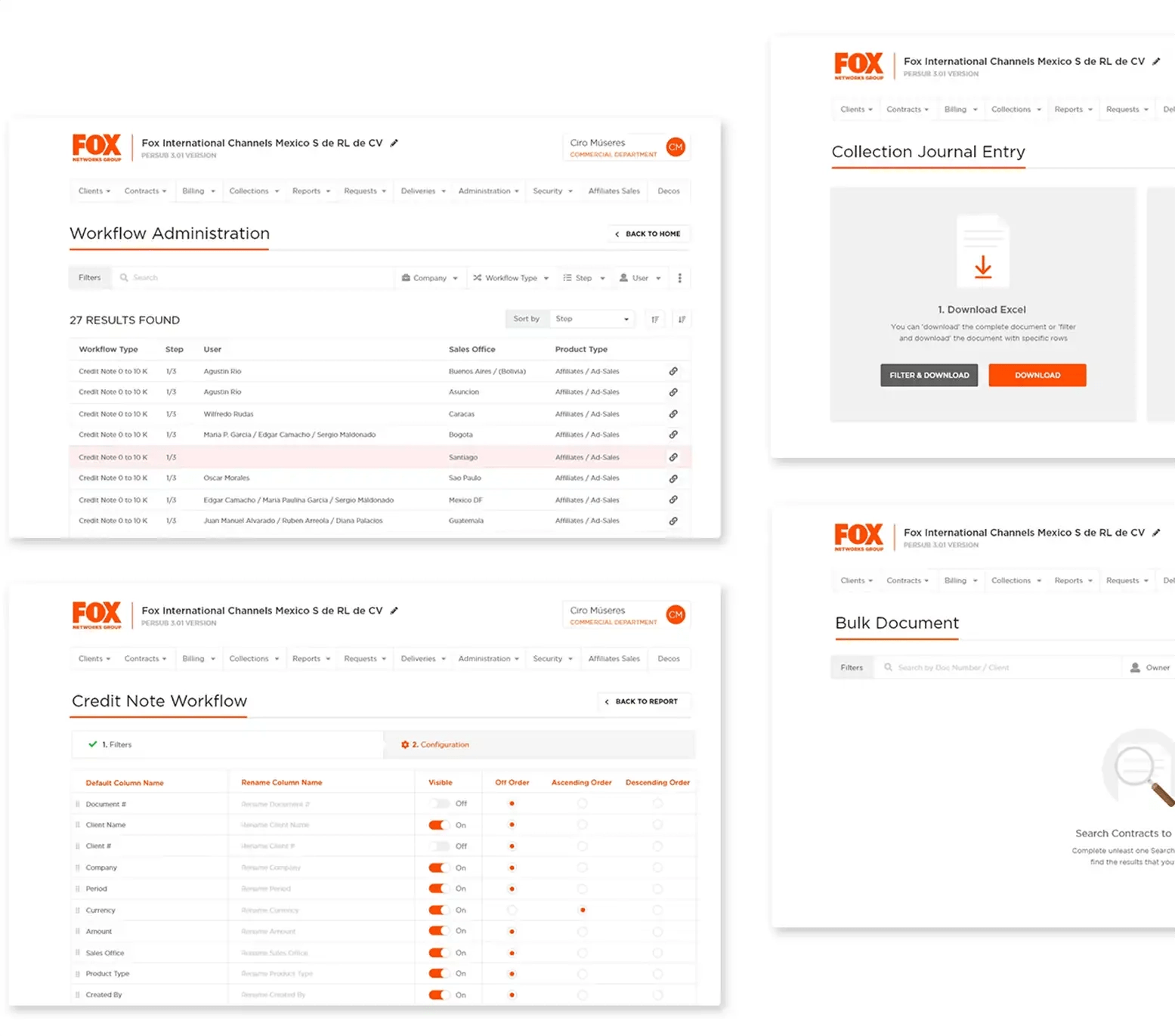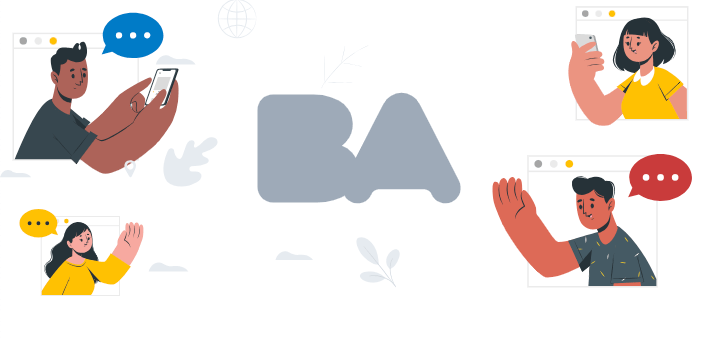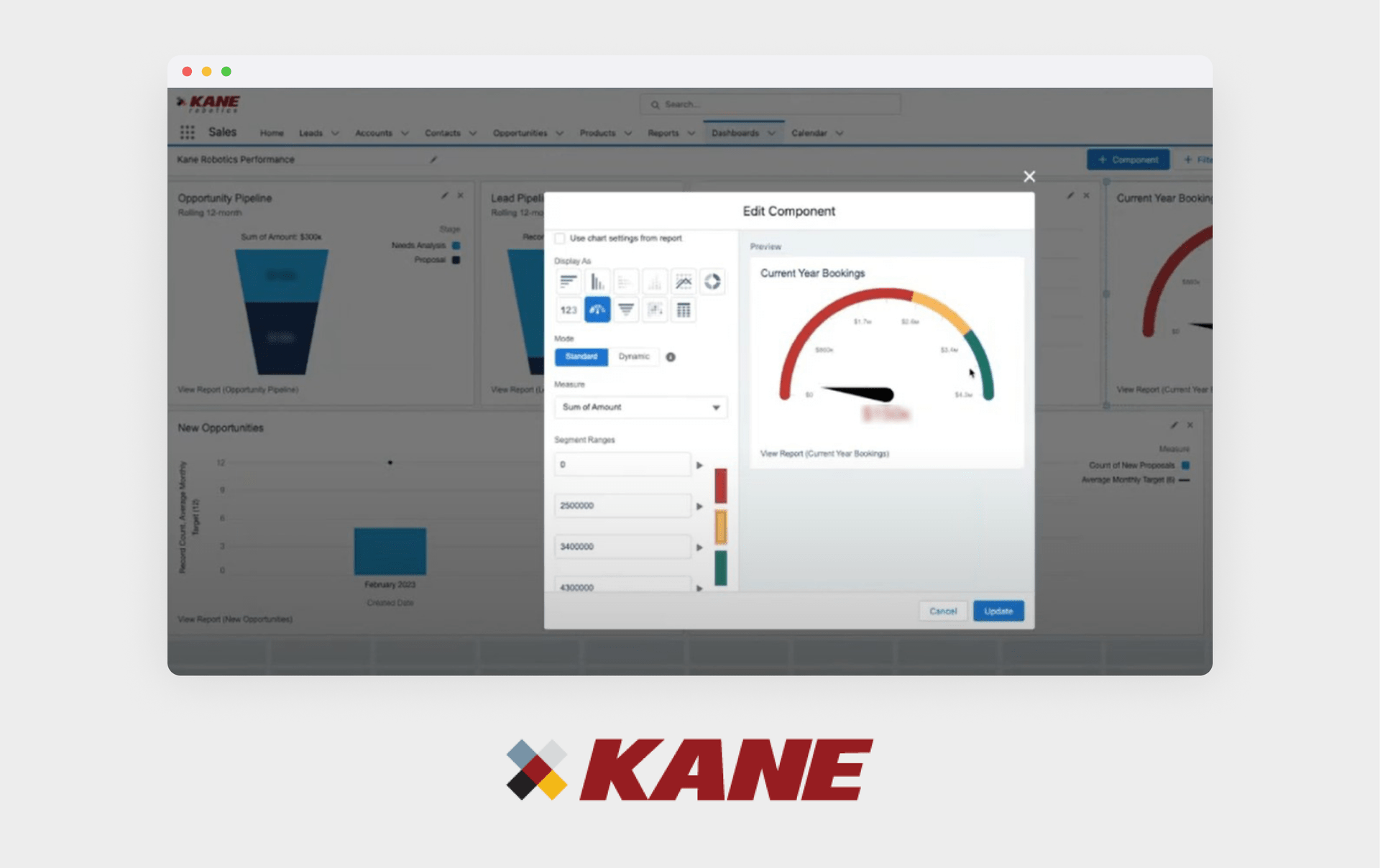Looking for UX & Development Services? You're in the right place.
Build it right the first time.
Human-centered.
AI-powered.
Partner with Tonic3 to transform complex challenges into useful solutions. We're not just developers—we're digital architects, bringing a unique blend of AI intelligence, user-centric design, and developer chops.
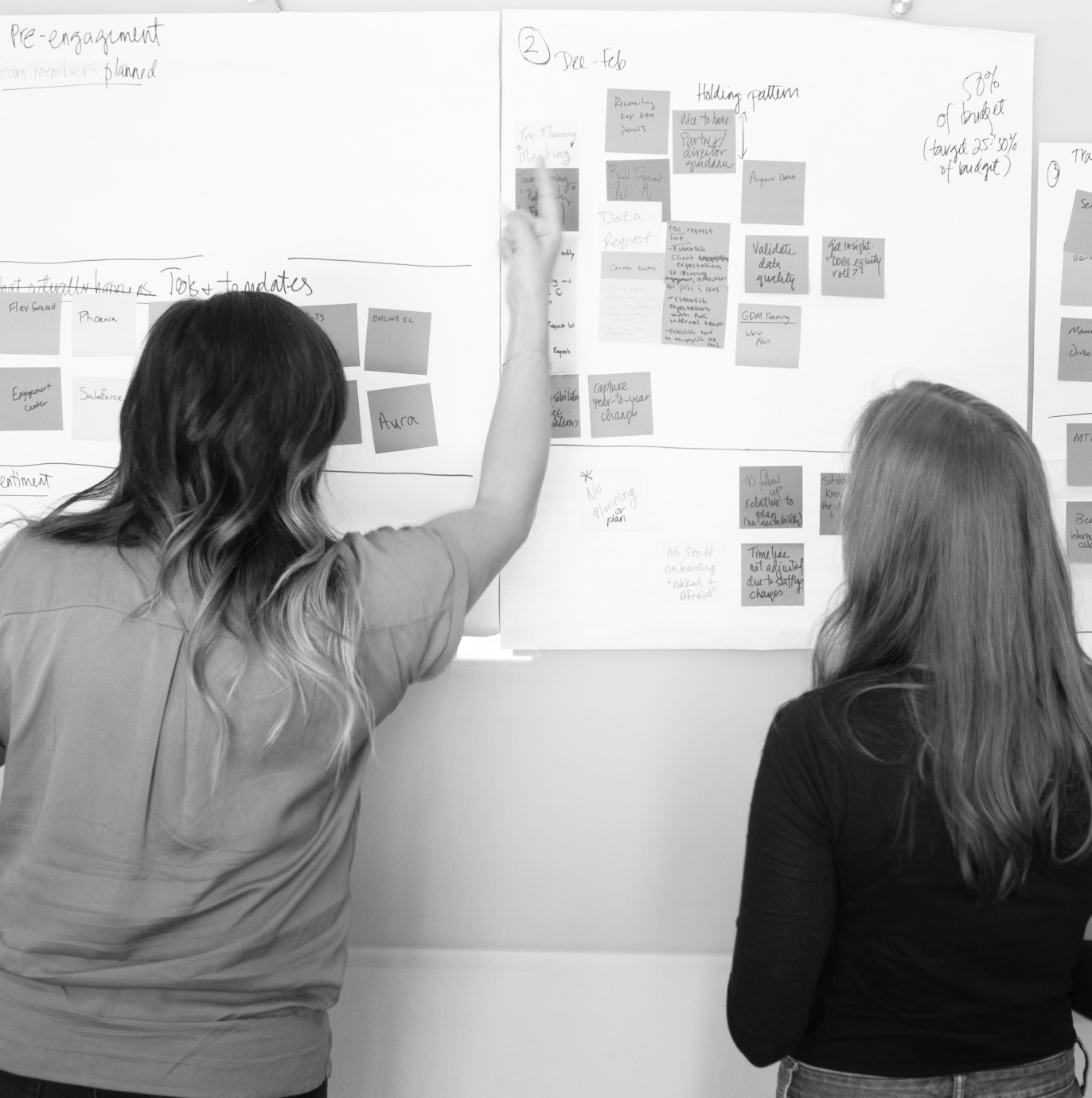
What keeps you up at night?
Are the complaints from your customers loud and clear? Leaders responsible for expanding markets can study user behavior to connect with target audiences.
Let's work together to create solutions that enhance customer engagement and achieve desired growth goals.
Let's create engaging connections:
- Deepen Customer Understanding: Uncover hidden insights to personalize every connection.
- Elevate User Experience: Design intuitive interfaces that captivate and convert by applying user experience design principles and best practices.
Are the complaints from your customers loud and clear? Leaders responsible for expanding markets can study user behavior to connect with target audiences.
Let's work together to create solutions that enhance customer engagement and achieve desired growth goals.
Let's create engaging connections:
- Deepen Customer Understanding: Uncover hidden insights to personalize every connection.
- Elevate User Experience: Design intuitive interfaces that captivate and convert by applying user experience design principles and best practices.
Are the complaints from your customers loud and clear? Leaders responsible for expanding markets can study user behavior to connect with target audiences.
Let's work together to create solutions that enhance customer engagement and achieve desired growth goals.
Let's create engaging connections:
- Deepen Customer Understanding: Uncover hidden insights to personalize every connection.
- Elevate User Experience: Design intuitive interfaces that captivate and convert by applying user experience design principles and best practices.
Are the complaints from your customers loud and clear? Leaders responsible for expanding markets can study user behavior to connect with target audiences.
Let's work together to create solutions that enhance customer engagement and achieve desired growth goals.
Let's create engaging connections:
- Deepen Customer Understanding: Uncover hidden insights to personalize every connection.
- Elevate User Experience: Design intuitive interfaces that captivate and convert by applying user experience design principles and best practices.
We are your digital partner.
Creating solutions powered with a signature blend of UX, AI and Code.
Crafting Tailored Digital Experiences
Our Work
